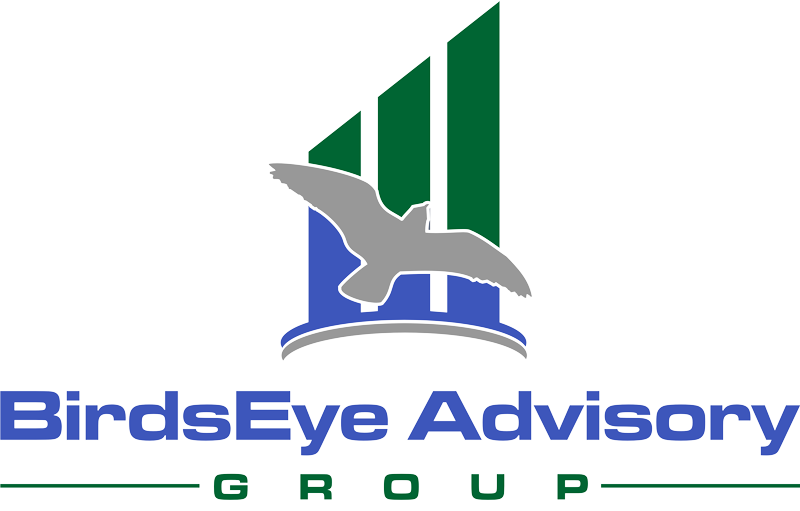The adoring eyes.
The unshakeable trust.
The opinion that you are indeed, the most important person in the world.
Wouldn’t it be wonderful if potential buyers saw your business the same way your pet sees you? You’d definitely get a better price for company.
Just as there’s a difference between how your pet sees you and how the rest of the world sees you (let’s face it, most people don’t literally jump for joy when you walk into their home), there’s often a rift between how potential buyers value your company and how you value it. It’s called the valuation gap, and it runs rampant in the pet industry. You consider all the energy, time and emotion you’ve poured into building your company over the years—the sleep lost, the hairs greyed, the pounds gained. A buyer, however, looks at what he can get out of your company compared to all the other options out there.
Understanding this valuation gap, and getting a clear take on how buyers put a price on your company is the first critical step in boosting that price. A new study noted in Middle Market M&A Almanac in an article by Gary Ampulski, a managing partner at Midwest Genesis, a business value enhancement and transition planning and execution firm, helps crystallize buyers’ views.
Researchers drew on input from 835 business owners who received written offers for their companies. The analysts concluded that buyers put privately-held companies on four different levels in the value chain: Below Average Profit Companies, Average Profit Companies, Above Average Growth/Profit Companies and Low Risk Companies. Along with the industry and company’s size, these levels are what drive valuation.
Yes, the valuation is a function of profitability. But the almighty valuation multiplier is relatively independent of profit. It’s mostly based on the company’s investment risk. And let me tell you, it can really change the way a buyer puts a price on your business. The research shows that moving from an Average Profit Company to a Profit Leader Company cranks up your value by 2.7 times. Keep on moving up to the Value Leader category and the perceived value of your companies increases another 2.2 times. That’s a combined improvement of 4.9 times the starting value.
So how do you move your company up that value chain? Over the years I have been selling pet companies, these are the areas I have identified that will most significantly drive up the value of your business:
- Increase your gross profit margin. Most pet product manufacturers other then food companies should be above 40 percent.
- Reduce customer concentration. Ideally no customer should represent more then 10 percent of your sales.
- Realize double-digit sales growth over at least the last two years.
- Have new products in the pipeline that will result in immediate sales increases to a new owner.
- Do everything you can to have intellectual property protection like patents and trademarks.
Understanding and acknowledging the valuation gap (I refer to it as “being grounded in valuation reality”), as well as the levels of valuation and the effect that key elements have on your multiplier, is the best way to boost value. Buyers might not literally wag their tails when you walk in the room, but if you position your company in that top Value Leader category, with a 5x multiplier, you might just be wagging when you receive an offer.
Carol Frank of Boulder, CO, is the founder of four companies in the pet industry and a Managing Director with BirdsEye Advisory Group, where she advises pet companies in M&A transactions and Exit Planning. She is a former CPA, has an MBA, is a Certified Mergers and Acquisitions Advisory (CM&AA) and holds Series 79 and 63 licenses. She highly values and incentivizes referrals and can be reached at cfrank@birdseyeadvisory.com.
